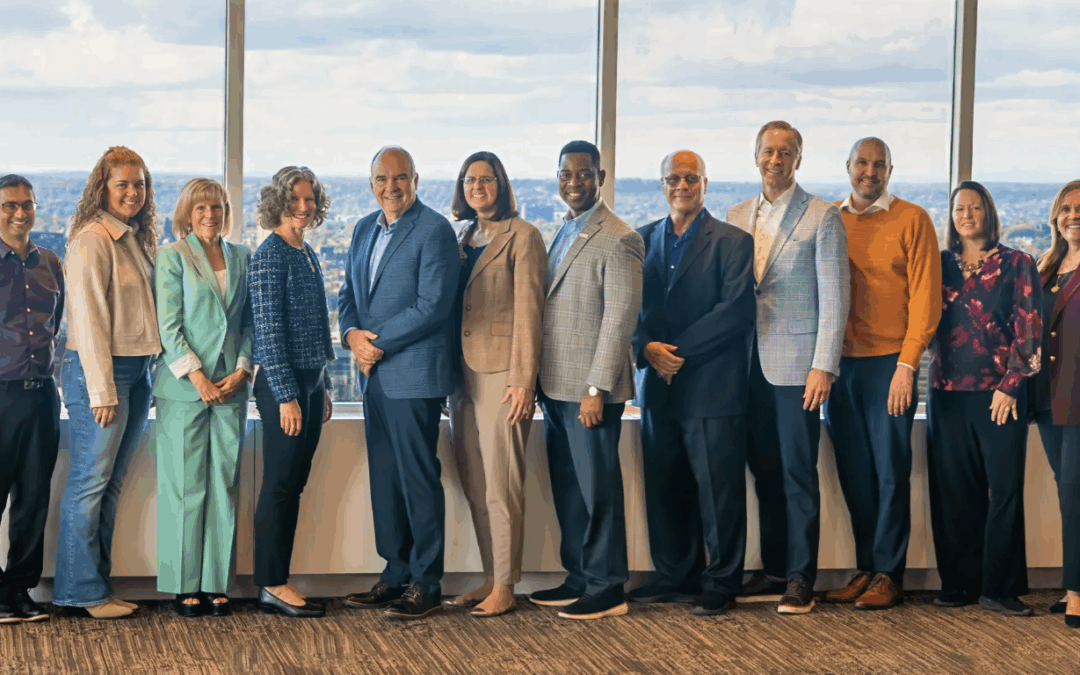
Redesigning Affordability to Make College Work for Students
Redesigning Affordability to Make College Work for Students
The problem
College costs have outpaced earnings for decades, and the system that determines them is too complex for students to navigate. Affordability can’t just mean cutting expenses — it must mean redesigning higher education around the needs of learners.
The idea
Making college truly affordable means rethinking how we use time, money, and accountability. Programs should be faster, simpler, and priced transparently. Institutions that align costs with outcomes deliver real value for students.
What’s working
BYU Pathway Worldwide is showing what’s possible. Its three-year degree model reduces tuition by 25 percent and delivers a full bachelor’s degree for about $6,300. The approach starts with short, stackable certificates that connect directly to employment and then build toward degrees.
Why it matters
Affordability fails when we ignore the full cost of attendance—time, housing, and complexity. Clear pricing and simple aid structures help students plan and persist. Every dollar and hour saved matters.
The shift ahead
True affordability requires accountability. States and institutions must measure and publish real value—how programs lead to completion, employment, and upward mobility. Public investment should reward results that improve students’ lives.
The bottom line
Three-year degrees. One clear price. Transparent results.
Affordability isn’t about marginal savings. It’s about redesigning higher education for the students it serves.





Recent Comments